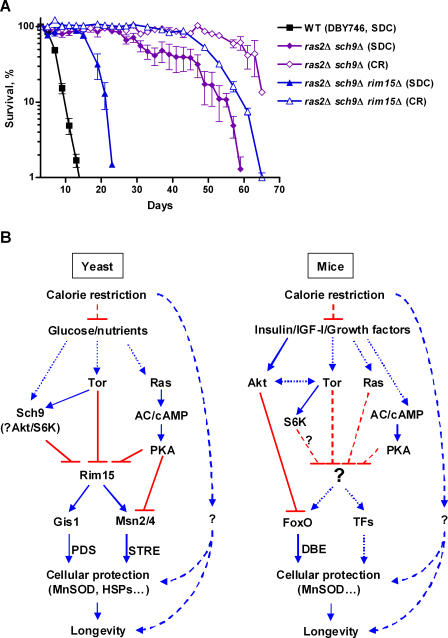Figure 5. Rim15-independent Mechanism(s) Is Required for Maximal Life Span Extension.
(A) CLS under extreme CR. Strains shown are wild-type (DBY746), ras2Δ sch9Δ, and ras2Δ sch9Δ rim15Δ in standard SDC and under extreme CR.
(B) Longevity regulatory pathways. In yeast, nutrient-sensing pathways controlled by Sch9, Tor, and Ras converge on the protein kinase Rim15. In turn, the stress response transcription factors Msn2, Msn4, and Gis1 transactivate stress response genes and enhance cellular protection, which leads to life span extension. Although a major portion of the effect of CR on longevity appears to be mediated by the down-regulation of the Ras and Tor-Sch9 pathways and consequent activation of the Rim15-controlled Msn2/4 and Gis1 protection system, additional mediators are involved. In mice, the partially conserved insulin/IGF-I-like pathways negatively regulate the FoxO family transcription factors through the Sch9 homolog Akt. Ras and Tor also function downstream of IGF-I, although their role in the regulation of stress resistance and aging are poorly understood. Mice deficient in type 5 adenylyl cyclase are long-lived and stress resistant analogously to the adenylate cyclase deficient yeast. However, the mediators of life-span extension in GH-, IGF-I-, or AC-deficient as well as CR mice have yet to be identified.

